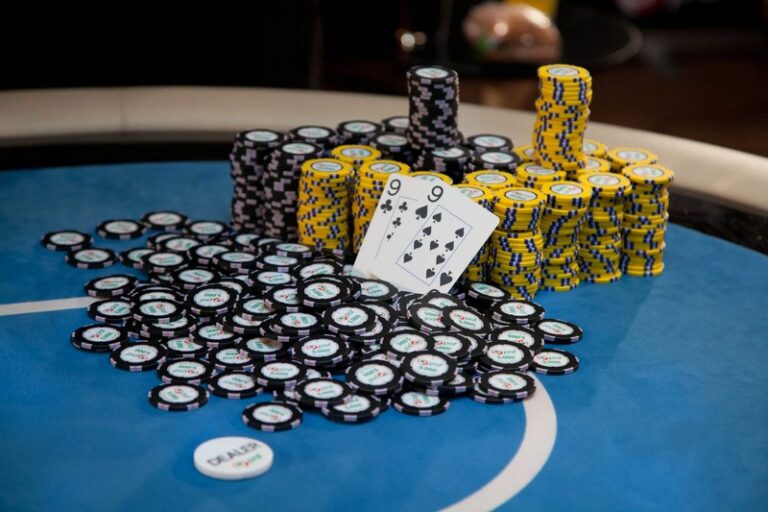Online gambling continues to evolve players are constantly seeking new strategies and insights to improve their gaming experience. One concept that has gained attention in recent years is the phenomenon known as “slot bounce.” Whether you’re a seasoned veteran or new to the world of online slots, understanding slot bounce impacts your approach to playing and potentially influences your outcomes.
What is slot bounce?
Slot bounce refers to the tendency of some slot machines, both in physical casinos and online slots, to pay out more frequently immediately after a period of inactivity. The theory suggests that after a machine has not been played for a while, it becomes “primed” to release a win, creating a temporary increase in the return-to-player (RTP) percentage. This concept is based on the idea that slot machines, particularly older mechanical models, needed to maintain a certain payout percentage over time. As a result, if a machine hadn’t paid out in a while, it might be more likely to do so soon to keep its overall payout rate consistent.
It’s important to note that while slot bounce is a popular theory among players, its existence in modern online slots is debatable. Most contemporary slot games, especially those found in reputable online casinos, use sophisticated random number generators (RNGs) that ensure each spin is independent and unaffected by previous outcomes.
Psychology behind slot bounce
Even if the mathematical validity of slot bounce is questionable in today’s digital age, the concept still holds psychological power over many players. The human brain is wired to recognize patterns, even when they may not exist. This tendency, known as apophenia, lead players to believe they’ve discovered a “system” for beating the slots. The allure of slot bounce taps into this pattern-seeking behaviour, giving players a sense of control in a game that is fundamentally based on chance. It provides a rationale for choosing certain machines over others and influences betting strategies.
Why the concept persists
Despite the lack of evidence supporting slot bounce in modern online slots, the idea remains popular among players. This persistence is attributed to several factors:
- Confirmation bias– Players are more likely to remember and emphasize experiences that confirm their beliefs about slot bounce while dismissing contrary evidence.
- The gambler’s fallacy– This is the mistaken belief that if something happens more frequently than normal during a given period, it will happen less frequently in the future (or vice versa).
- The illusion of control- Believing in slot bounce gives players a sense of strategy and control in a game that is fundamentally based on chance.
- Community reinforcement- Discussion of slot bounce theories in gambling forums and communities lends the concept an air of credibility.
Reality of modern slot mechanics
Modern online slots are designed with complex algorithms and RNGs that make true slot bounce highly unlikely, if not impossible. These systems ensure that every spin is random and independent, regardless of how long the game has been idle or how recently it has paid out.
The payout percentage of an online slot is determined over millions of spins, not just a few hundred or thousand. This means that short-term fluctuations in payout frequency are normal, but they don’t indicate any underlying pattern or “bounce” effect. Moreover, online casinos have no incentive to program their slots to behave in this way. Their profit is derived from the house edge over long-term play, not from manipulating short-term results.


Comments are closed.